Home>Technology>Home Entertainment Systems>What Is A LCD Projector
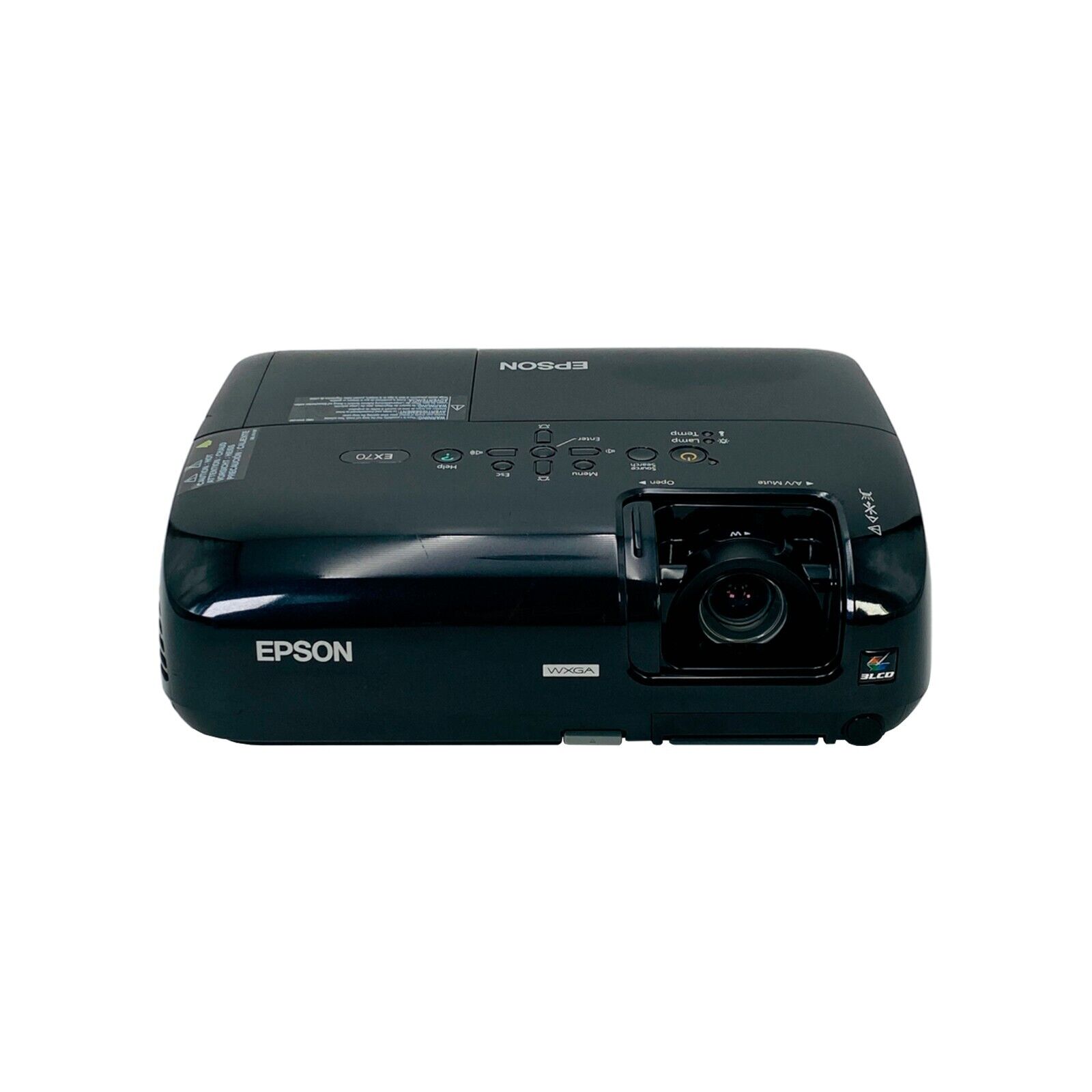

Home Entertainment Systems
What Is A LCD Projector
Modified: January 9, 2024
Learn about LCD projectors for home entertainment systems, including how they work, their features, and how to choose the best one for your needs. Discover the benefits of using an LCD projector for your home theater setup.
(Many of the links in this article redirect to a specific reviewed product. Your purchase of these products through affiliate links helps to generate commission for Storables.com, at no extra cost. Learn more)
Introduction
Welcome to the world of home entertainment systems, where the magic of visual technology transforms your living space into a cinematic paradise. Among the myriad of devices available, LCD projectors stand out as versatile and powerful tools for displaying high-quality images and videos on a large screen.
LCD projectors, short for liquid crystal display projectors, have become increasingly popular due to their ability to deliver vibrant and sharp visuals, making them a sought-after choice for home theaters, gaming setups, and professional presentations. In this article, we'll delve into the inner workings of LCD projectors, explore their advantages and limitations, discuss common uses, and provide insights into choosing the right one for your specific needs.
So, buckle up as we embark on a captivating journey through the realm of LCD projectors, uncovering the technology that brings your favorite movies, games, and presentations to life in stunning detail. Whether you're a seasoned tech enthusiast or a newcomer to the world of home entertainment, there's something fascinating for everyone to discover about these remarkable devices.
Key Takeaways:
- LCD projectors are versatile devices that bring vibrant and detailed visuals to home theaters, gaming setups, and professional presentations, offering exceptional image quality and reliability for captivating visual experiences.
- When choosing an LCD projector, consider factors such as resolution, brightness, connectivity, and maintenance to tailor your visual setup to unique preferences and usage scenarios, empowering you to create unforgettable movie nights and impactful presentations.
Read more: LED Or LCD Projector: Which Is Better
How LCD Projectors Work
At the heart of every LCD projector lies a sophisticated mechanism that seamlessly translates digital signals into captivating visual displays. The process begins with the source device, such as a Blu-ray player, gaming console, or computer, sending an electronic signal containing audio and video data to the projector.
Upon receiving the signal, the LCD projector employs a powerful lamp to illuminate a tiny, high-resolution LCD panel. This panel is divided into individual pixels, each capable of displaying millions of colors with exceptional precision. As the light passes through the LCD panel, the pixels adjust their transparency to accurately reproduce the incoming visual information, creating a vibrant and detailed image.
Once the image is formed on the LCD panel, it passes through a series of intricate optical components within the projector. These components, including lenses and mirrors, work in harmony to magnify and focus the image before projecting it onto a screen or surface. The result is a larger-than-life display that faithfully mirrors the content from the source device, captivating audiences with its clarity and brilliance.
Additionally, modern LCD projectors often feature advanced image processing technologies, such as keystone correction and color enhancement algorithms, to further refine the projected image and ensure optimal visual fidelity. These technologies play a crucial role in correcting distortions caused by projector placement and enhancing color accuracy, contributing to a more immersive viewing experience.
Overall, the intricate interplay of light, liquid crystal displays, and precision optics enables LCD projectors to transform digital signals into captivating visual spectacles, whether it’s the breathtaking landscapes of a blockbuster movie or the dynamic gameplay of the latest video game.
Advantages of LCD Projectors
LCD projectors offer a myriad of compelling advantages that make them a popular choice for home entertainment systems and professional environments alike. Understanding these advantages can help you appreciate the remarkable capabilities of LCD projectors and why they are favored by discerning users.
- Exceptional Image Quality: One of the standout features of LCD projectors is their ability to deliver stunning image quality. With vibrant colors, high contrast ratios, and sharp details, LCD projectors excel at faithfully reproducing the nuances of visual content, whether it’s a cinematic masterpiece or a detailed presentation slide.
- Versatility: LCD projectors are highly versatile, accommodating various input sources, including HDMI, VGA, and USB connections. This flexibility allows them to seamlessly integrate with a wide range of devices, from gaming consoles and laptops to streaming media players, ensuring a diverse and engaging viewing experience.
- Bright and Vivid Output: Equipped with powerful lamps and advanced optical systems, LCD projectors can produce bright and vivid images, making them suitable for both well-lit and dimly lit environments. This capability ensures that your viewing experience remains captivating, regardless of ambient lighting conditions.
- Longevity and Reliability: LCD projectors are known for their durability and long-lasting performance. The technology behind LCD panels and the robust construction of modern projectors contribute to their reliability, making them a sound investment for both personal and professional use.
- Quiet Operation: Many LCD projectors are designed to operate quietly, minimizing distracting noise during viewing sessions. This feature enhances the overall viewing experience, allowing you to immerse yourself in the content without being disrupted by the projector’s operation.
- Portability: Some LCD projectors are designed to be lightweight and portable, making them ideal for on-the-go presentations or movie nights. Their compact form factor and easy setup process enable users to enjoy high-quality visuals wherever they go.
These advantages collectively position LCD projectors as versatile and reliable devices that cater to a wide array of entertainment and professional needs. Whether you’re seeking immersive home theater experiences or impactful business presentations, LCD projectors offer a compelling solution that elevates your visual content to new heights.
Limitations of LCD Projectors
While LCD projectors offer impressive performance and versatility, it’s important to consider their limitations to make informed decisions when incorporating them into your home entertainment or professional setup. Understanding these limitations can help you mitigate potential challenges and optimize the viewing experience.
- Contrast Ratio: Compared to other projection technologies, such as DLP (Digital Light Processing), LCD projectors may exhibit lower native contrast ratios. This can affect the depth of black levels and lead to slightly less pronounced shadow details in dark scenes, although advancements in LCD technology have significantly improved contrast performance in recent models.
- Maintenance: LCD projectors require periodic maintenance to ensure optimal performance. This includes cleaning or replacing air filters, managing lamp life, and addressing potential issues related to dust accumulation on the internal components. While maintenance tasks are manageable, they are essential for preserving the projector’s longevity.
- Screen Door Effect: Some users may notice a subtle grid-like pattern, known as the screen door effect, when viewing content on larger screens with certain LCD projectors. This effect is a result of the visible lines between pixels and can be more apparent at closer viewing distances, although advancements in LCD panel technology have mitigated this issue in newer models.
- Color Fading: Over time, LCD panels may experience color fading, leading to a gradual shift in color accuracy. While modern LCD projectors are designed to maintain color consistency over extended periods, it’s important to consider the potential for gradual color degradation and take proactive measures to address it when necessary.
- Heat Emission: LCD projectors generate heat during operation, which necessitates proper ventilation and cooling to maintain optimal performance. Ensuring adequate airflow around the projector and managing ambient temperatures is crucial for preventing overheating and preserving the longevity of internal components.
- Single Chip Alignment: Some LCD projectors utilize a single imaging chip, which may require precise alignment to ensure accurate color reproduction. While advancements in manufacturing and calibration processes have minimized alignment issues, it’s essential to consider this aspect when evaluating the suitability of a projector for specific applications.
By acknowledging these limitations and exploring strategies to address them, users can effectively harness the capabilities of LCD projectors while mitigating potential challenges. Despite these considerations, the advancements in LCD technology have significantly enhanced the overall performance and reliability of modern projectors, making them a compelling choice for captivating visual experiences.
When using a LCD projector, make sure to connect it to a compatible device using the correct cables. Adjust the focus and keystone settings for a clear image. Keep the projector and its vents clean to prevent overheating.
Common Uses of LCD Projectors
From immersive home theaters to dynamic business presentations, LCD projectors have found widespread applications across various settings, enriching visual experiences and facilitating impactful communication. Understanding the common uses of LCD projectors sheds light on their versatility and the diverse scenarios in which they play a pivotal role.
- Home Entertainment: LCD projectors are a cornerstone of captivating home entertainment setups, enabling users to transform their living spaces into immersive theaters. Whether it’s enjoying blockbuster movies, gaming with friends and family, or hosting memorable movie nights, LCD projectors deliver larger-than-life visuals that elevate the viewing experience.
- Business and Education: In professional environments and educational institutions, LCD projectors serve as indispensable tools for delivering engaging presentations, lectures, and training sessions. Their ability to project detailed visuals, charts, and multimedia content enhances communication and facilitates impactful knowledge sharing.
- Outdoor Events and Gatherings: For outdoor movie screenings, community events, or special gatherings, portable LCD projectors offer a convenient means of creating captivating visual experiences. Their portability and adaptability to various environments make them ideal for projecting content in open spaces, fostering communal entertainment and engagement.
- Art and Visual Installations: Artists and creative professionals utilize LCD projectors to showcase visual art installations, interactive exhibits, and immersive projections. The flexibility of LCD projectors allows artists to transform spaces and captivate audiences with visually stunning and thought-provoking displays.
- Professional Photography and Design: In photography studios and design environments, LCD projectors facilitate detailed image previews, portfolio showcases, and collaborative design sessions. Their ability to accurately project high-resolution visuals aids in critical evaluation and appreciation of visual content.
- Community and Worship Spaces: LCD projectors are commonly used in community centers, places of worship, and event venues to display announcements, lyrics, and visual content during gatherings, ceremonies, and communal events. Their ability to amplify visual communication contributes to the overall engagement and impact of such gatherings.
These diverse applications underscore the adaptability and impact of LCD projectors across a wide spectrum of settings, enriching visual experiences and fostering meaningful connections. Whether it’s creating unforgettable movie nights at home or delivering impactful presentations in professional settings, LCD projectors continue to play a pivotal role in shaping immersive and engaging visual experiences.
Read also: 11 Best LCD Projector For 2024
Choosing the Right LCD Projector
When selecting an LCD projector for your specific needs, considering key factors and understanding essential features can empower you to make an informed decision that aligns with your viewing preferences and usage scenarios. Whether you’re aiming to create a captivating home theater or seeking a reliable presentation tool, the following considerations can guide you in choosing the right LCD projector:
- Resolution and Image Quality: Assess the resolution capabilities of the projector, such as Full HD (1080p) or 4K Ultra HD, to ensure it aligns with your visual expectations. Higher resolutions result in sharper and more detailed images, enhancing the overall viewing experience.
- Brightness and Ambient Lighting: Consider the projector’s brightness, measured in lumens, to determine its suitability for different lighting conditions. For well-lit environments, a higher lumen output ensures vibrant and visible projections, while lower-lit spaces may benefit from moderate brightness levels.
- Connectivity Options: Evaluate the available input ports, including HDMI, VGA, USB, and wireless connectivity, to ensure seamless integration with your preferred devices, such as gaming consoles, streaming players, laptops, and smartphones.
- Throw Ratio and Projection Distance: Understanding the projector’s throw ratio and its impact on projection distance and screen size helps in determining the optimal placement for your desired screen size and viewing setup.
- Keystone Correction and Lens Shift: Look for features such as keystone correction and lens shift, which aid in adjusting the projected image to maintain geometric accuracy and compensate for projector placement angles.
- Portability and Installation Flexibility: If you require a portable projector, consider its size, weight, and ease of setup. For permanent installations, assess mounting options and compatibility with ceiling or wall mounts.
- Longevity and Maintenance: Explore the expected lamp life, maintenance requirements, and the availability of replacement parts to gauge the long-term cost and upkeep of the projector.
- Audio Capabilities: Assess the built-in audio features, such as speaker quality and audio output options, to complement the visual experience with immersive sound.
- User-Friendly Interface and Controls: Consider the accessibility and intuitiveness of the projector’s menu system, remote control, and adjustment settings for a seamless user experience.
By carefully evaluating these factors and aligning them with your specific preferences and usage scenarios, you can confidently select an LCD projector that enriches your visual experiences and seamlessly integrates into your home entertainment or professional environment. Whether it’s creating captivating cinematic moments or delivering impactful presentations, the right LCD projector can elevate your visual content to new heights.
Conclusion
As we conclude our exploration of LCD projectors, it’s evident that these remarkable devices have redefined the way we experience visual content, whether in the comfort of our homes, professional settings, or communal gatherings. The seamless fusion of advanced technology, vibrant imagery, and versatile applications positions LCD projectors as indispensable tools for creating captivating visual experiences.
From their exceptional image quality and versatility to their widespread applications across entertainment, education, and professional domains, LCD projectors continue to captivate audiences and facilitate impactful communication. As technology advances, the limitations associated with LCD projectors are being mitigated, enhancing their overall performance and reliability.
Choosing the right LCD projector involves a thoughtful consideration of factors such as resolution, brightness, connectivity, and maintenance, empowering users to tailor their visual setups to their unique preferences and usage scenarios. Whether it’s the pursuit of immersive home theaters, impactful business presentations, or engaging community events, the adaptability and impact of LCD projectors are undeniable.
As you embark on your journey to incorporate an LCD projector into your visual repertoire, may the insights shared in this article serve as a guiding light, empowering you to make informed decisions that enrich your visual experiences. Whether you’re seeking to create unforgettable movie nights, deliver compelling presentations, or showcase captivating visual art, the right LCD projector can elevate your content to new dimensions, fostering moments of awe and inspiration.
In the ever-evolving landscape of home entertainment and visual communication, LCD projectors stand as beacons of innovation, bringing the magic of cinema, the power of knowledge, and the allure of art to life in vibrant and captivating ways. Embrace the possibilities, unleash your creativity, and immerse yourself in the breathtaking world of visual storytelling with the transformative capabilities of LCD projectors.
Frequently Asked Questions about What Is A LCD Projector
Was this page helpful?
At Storables.com, we guarantee accurate and reliable information. Our content, validated by Expert Board Contributors, is crafted following stringent Editorial Policies. We're committed to providing you with well-researched, expert-backed insights for all your informational needs.
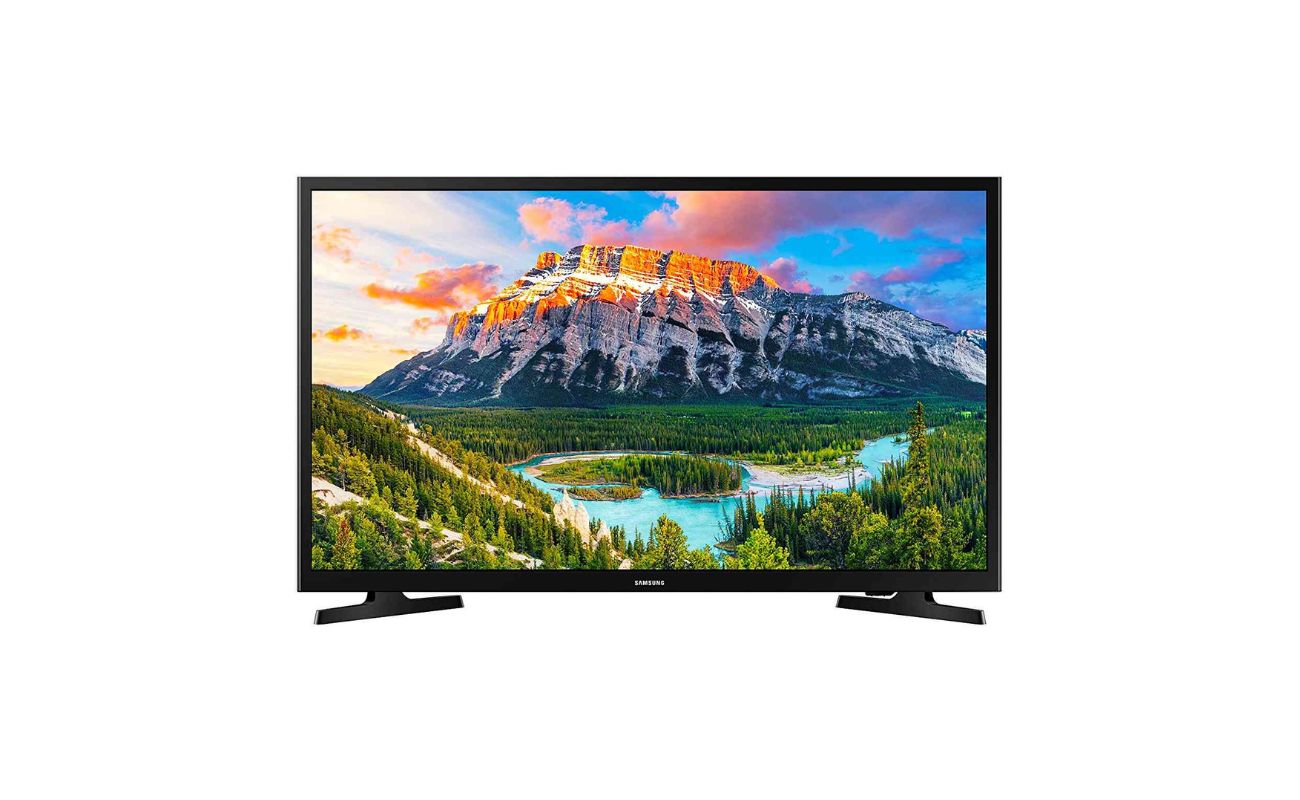
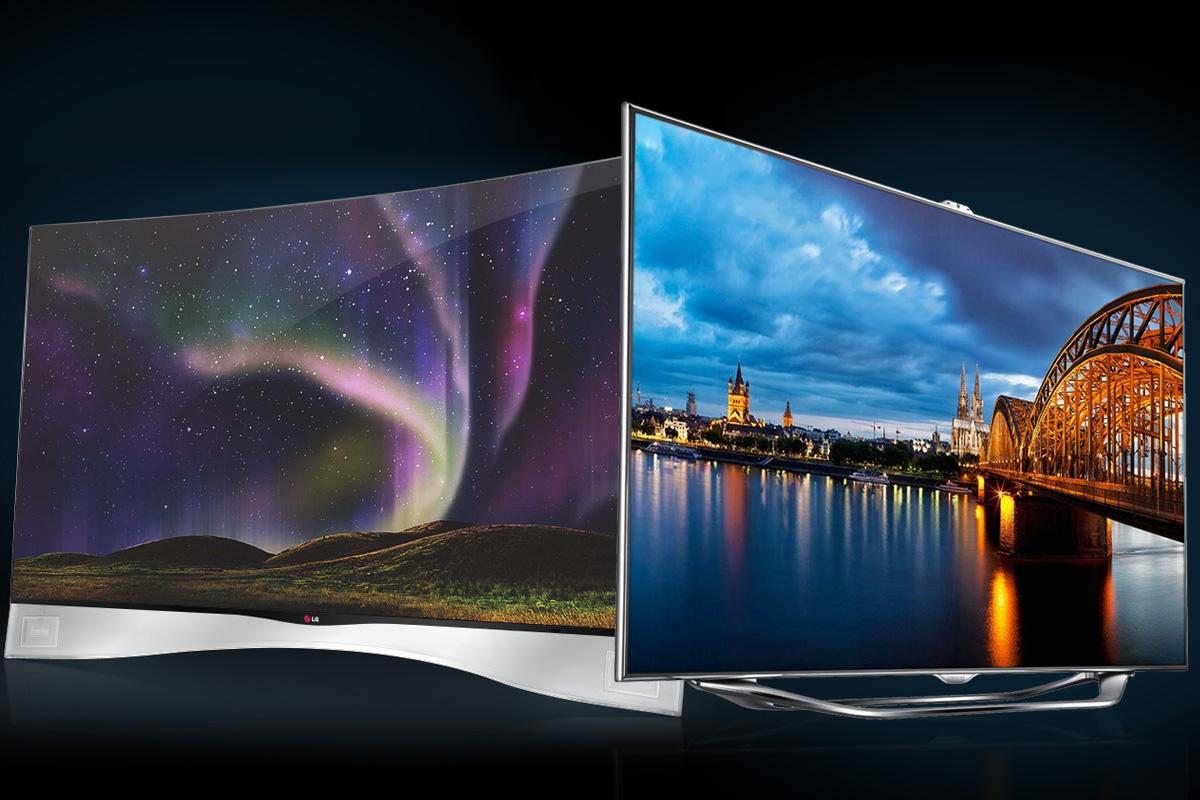
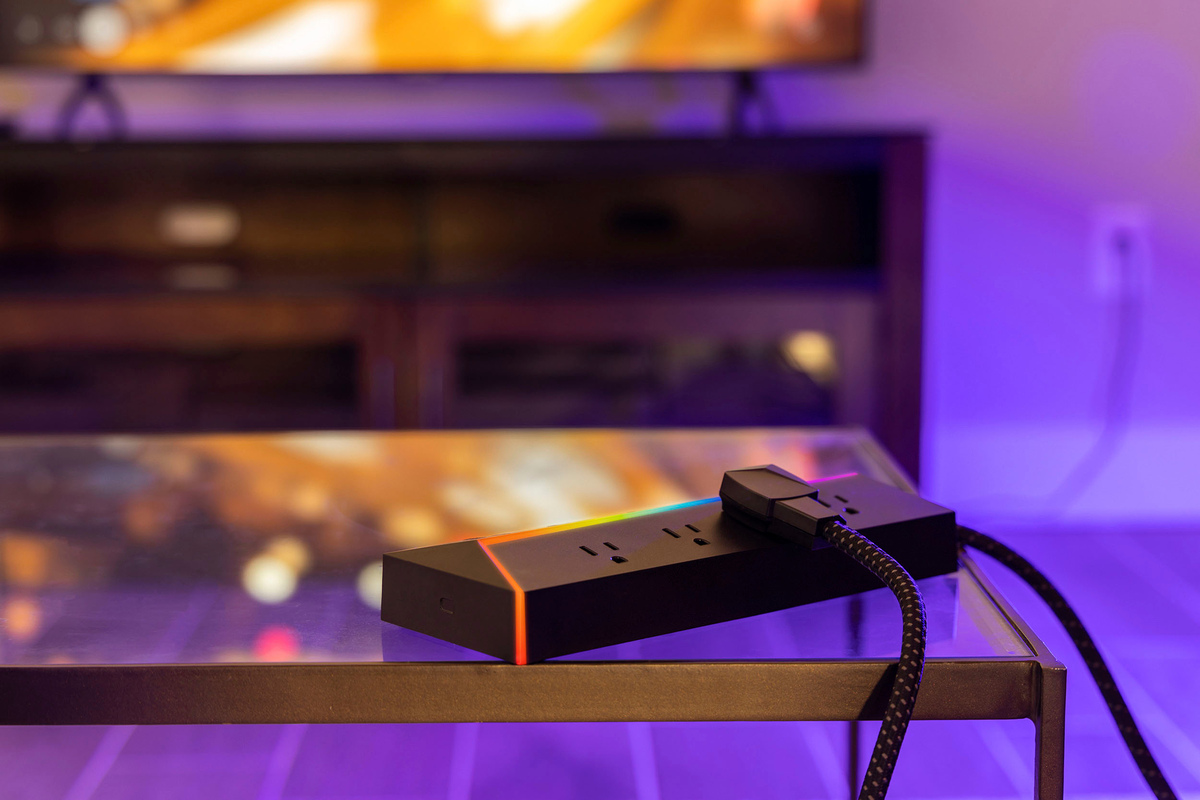

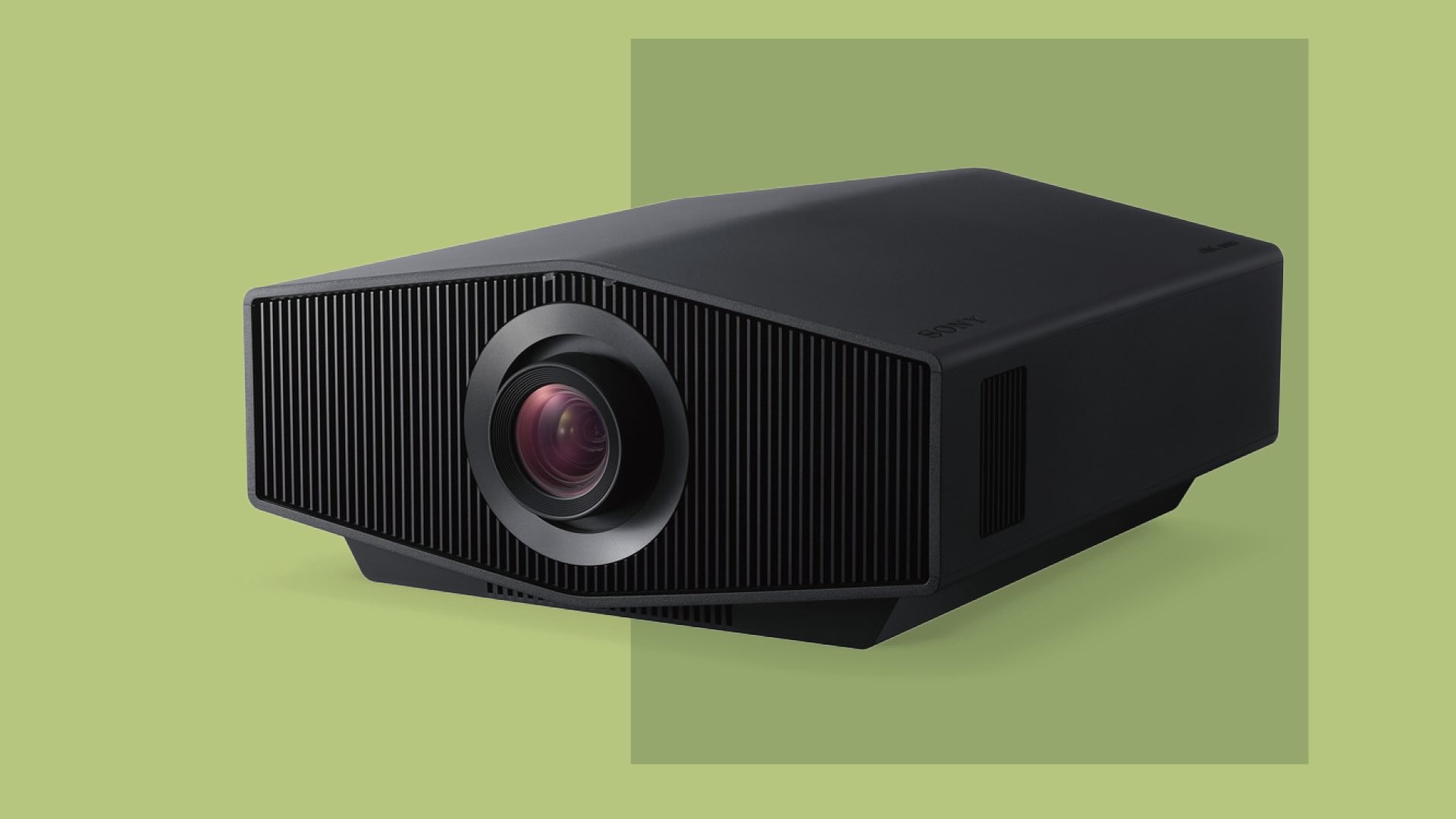



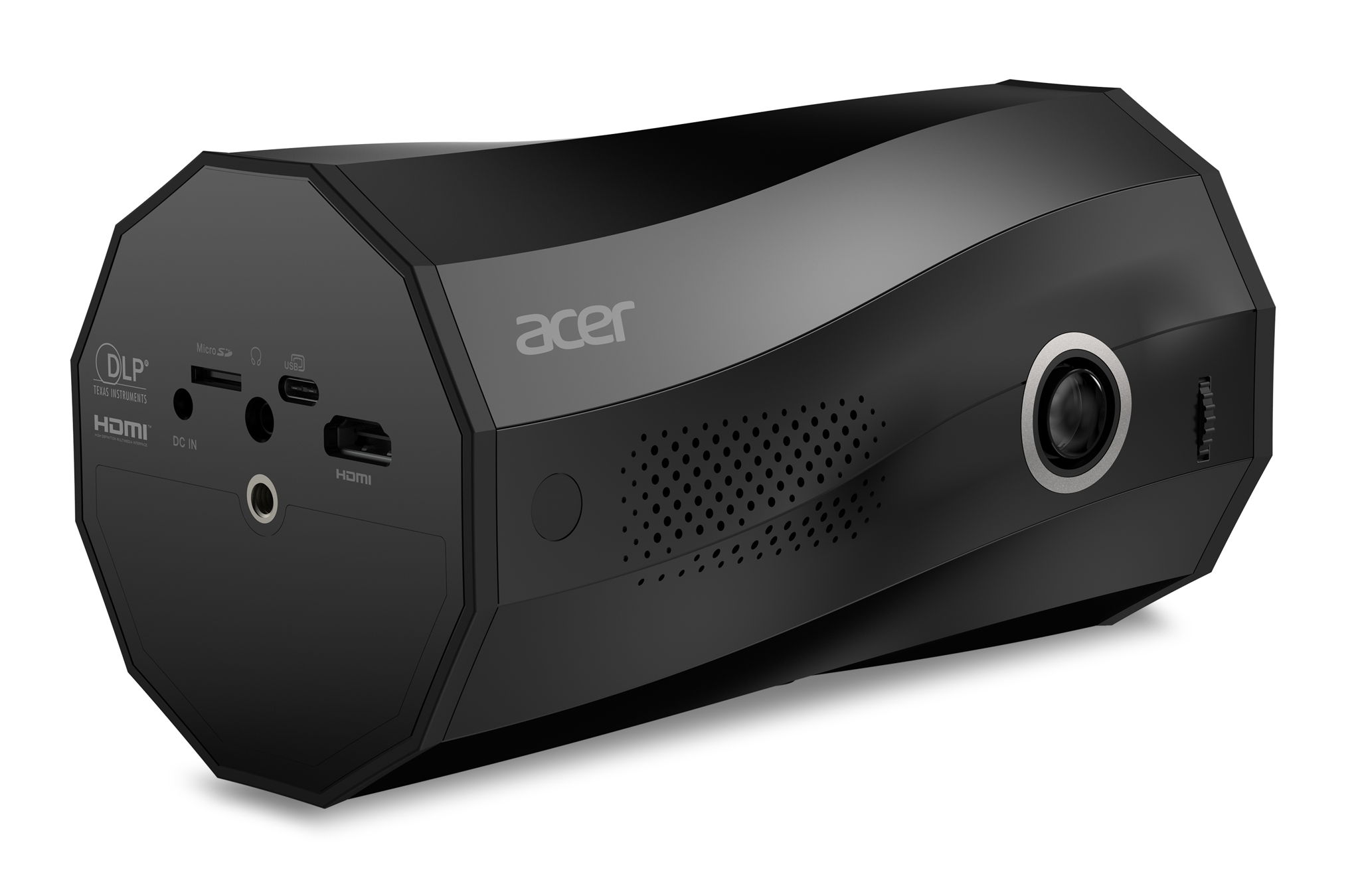
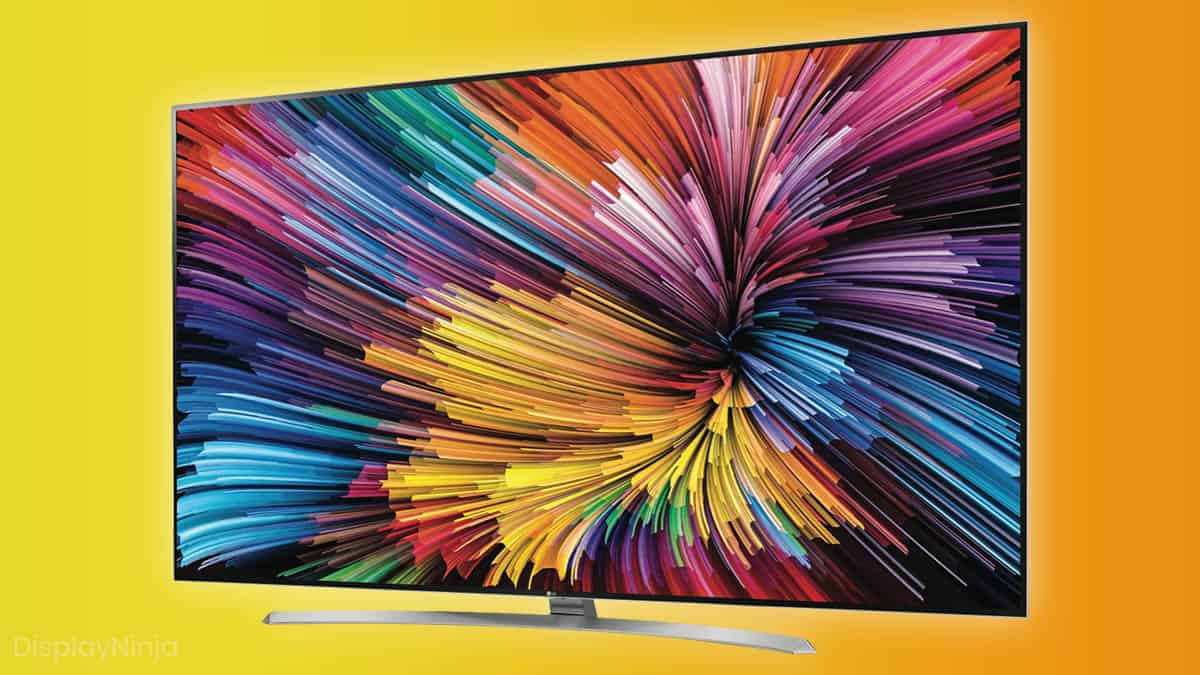
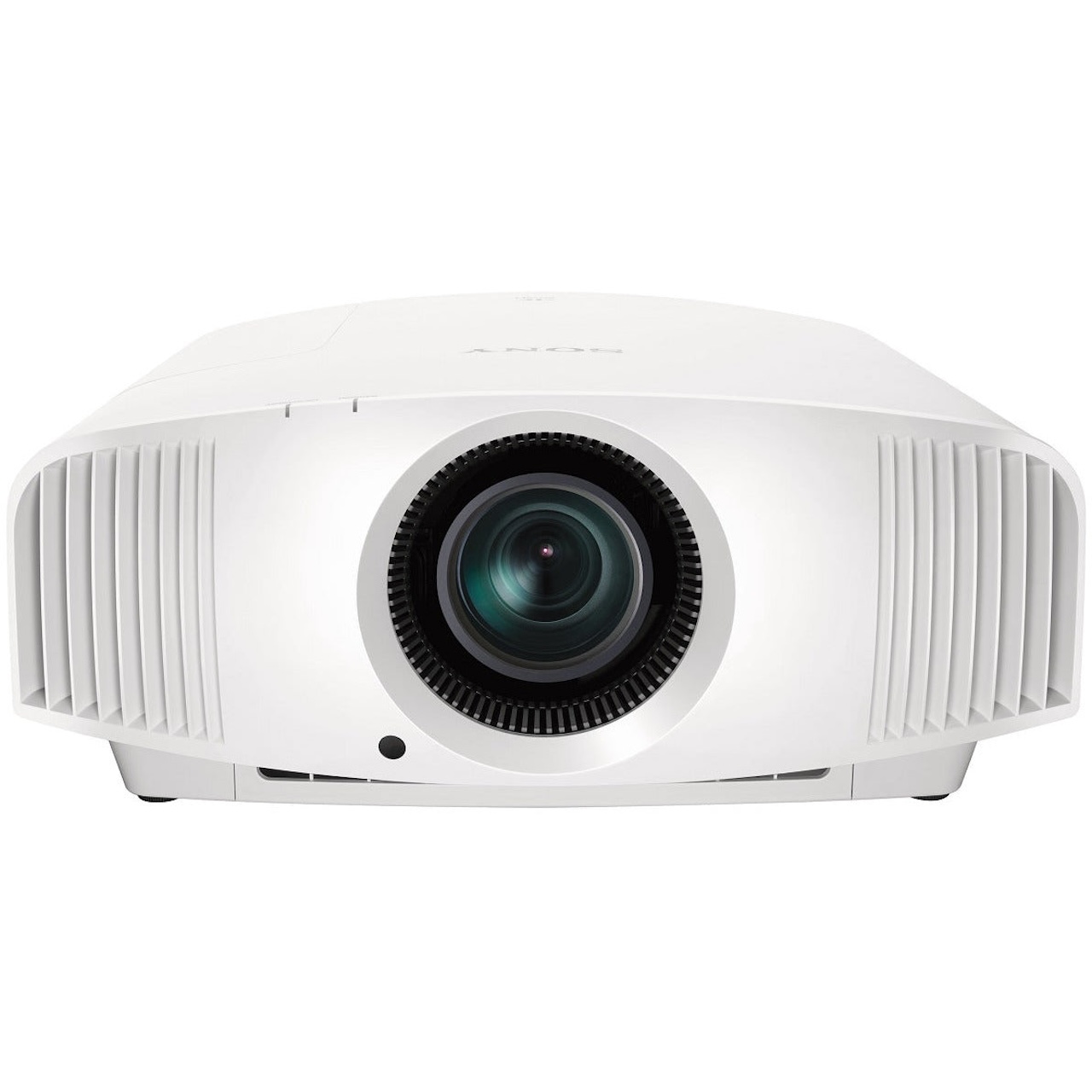
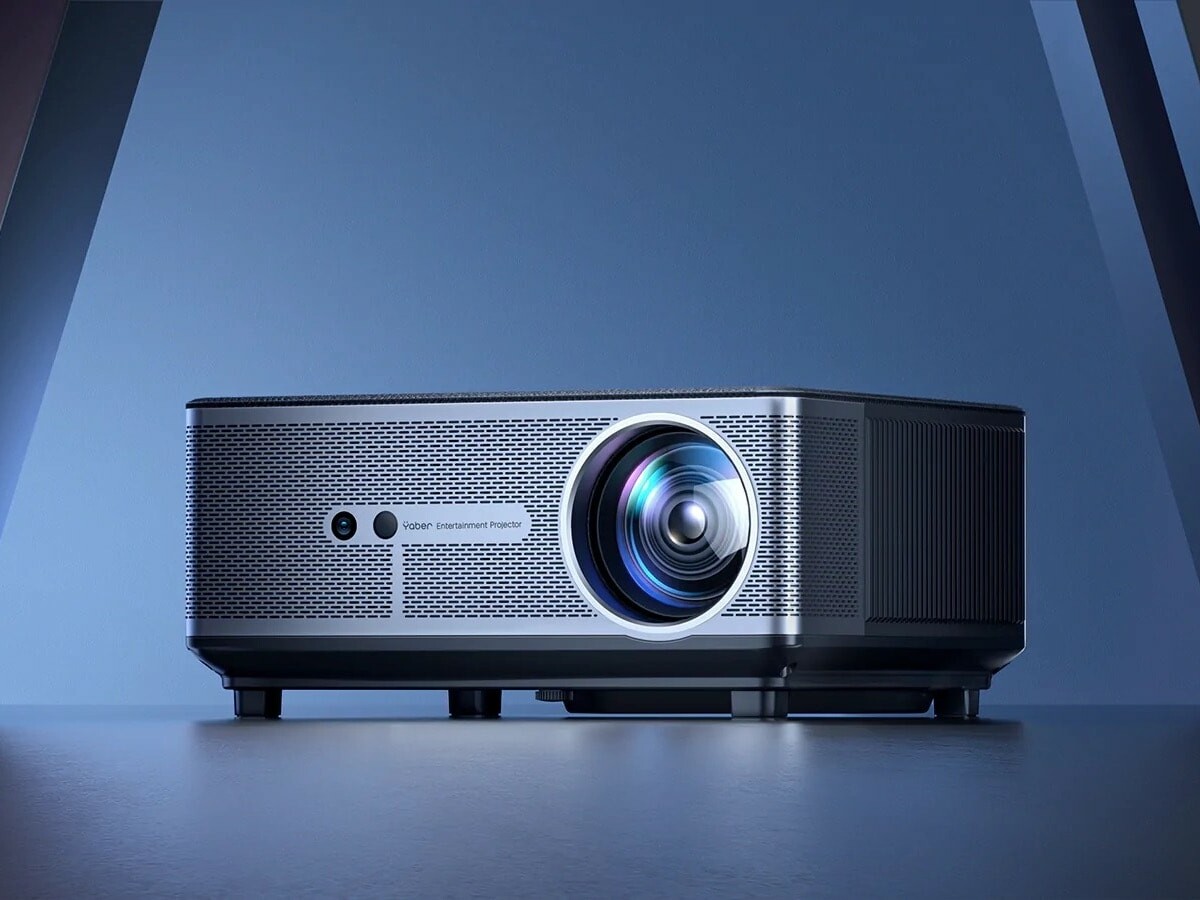
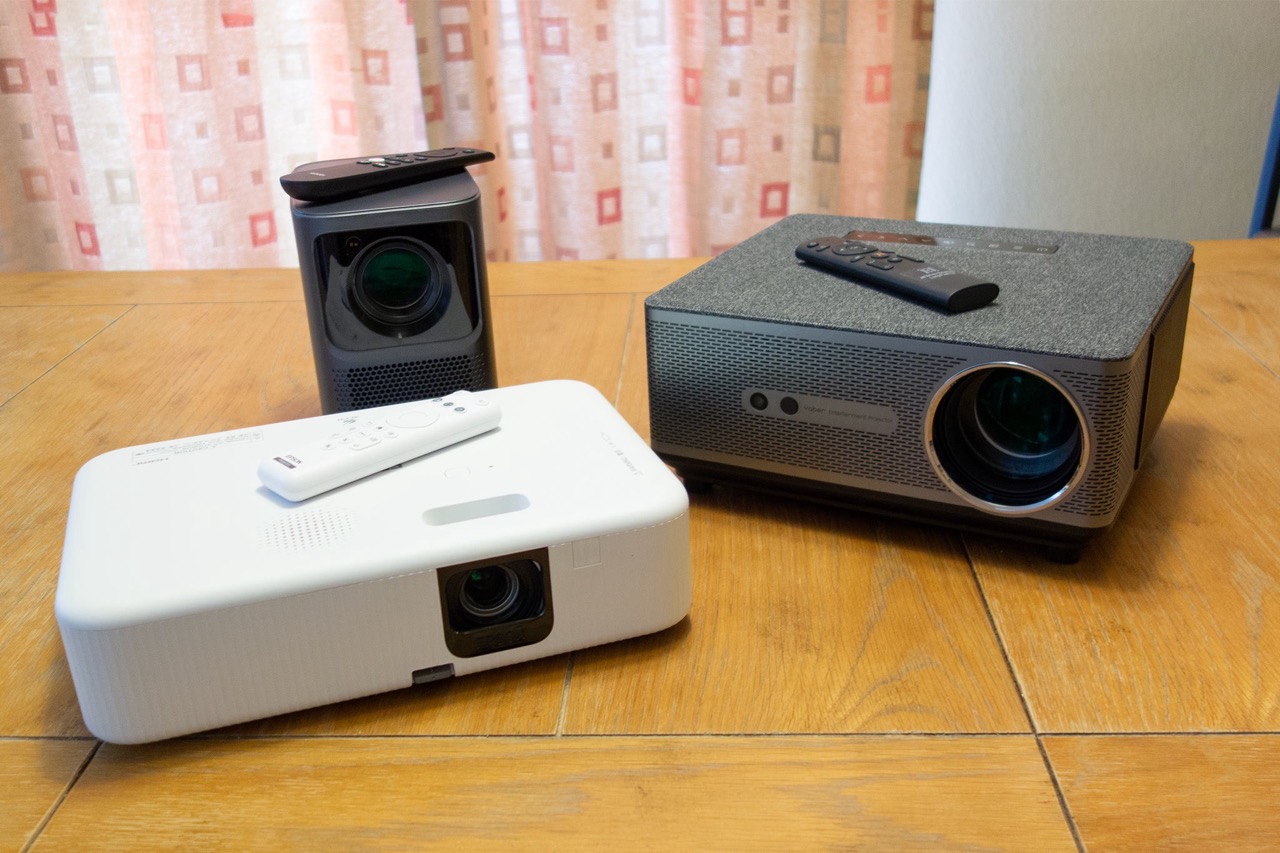


0 thoughts on “What Is A LCD Projector”